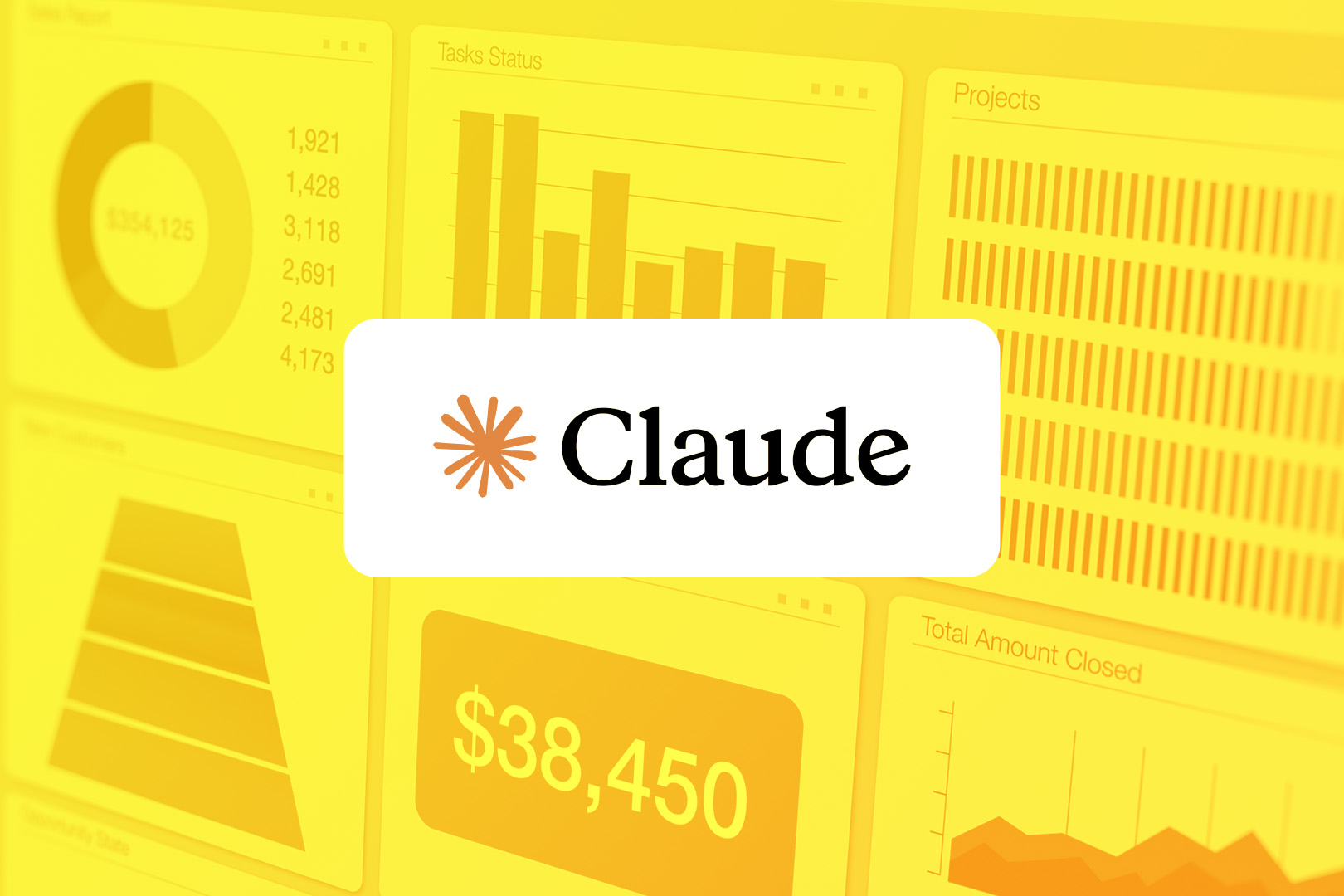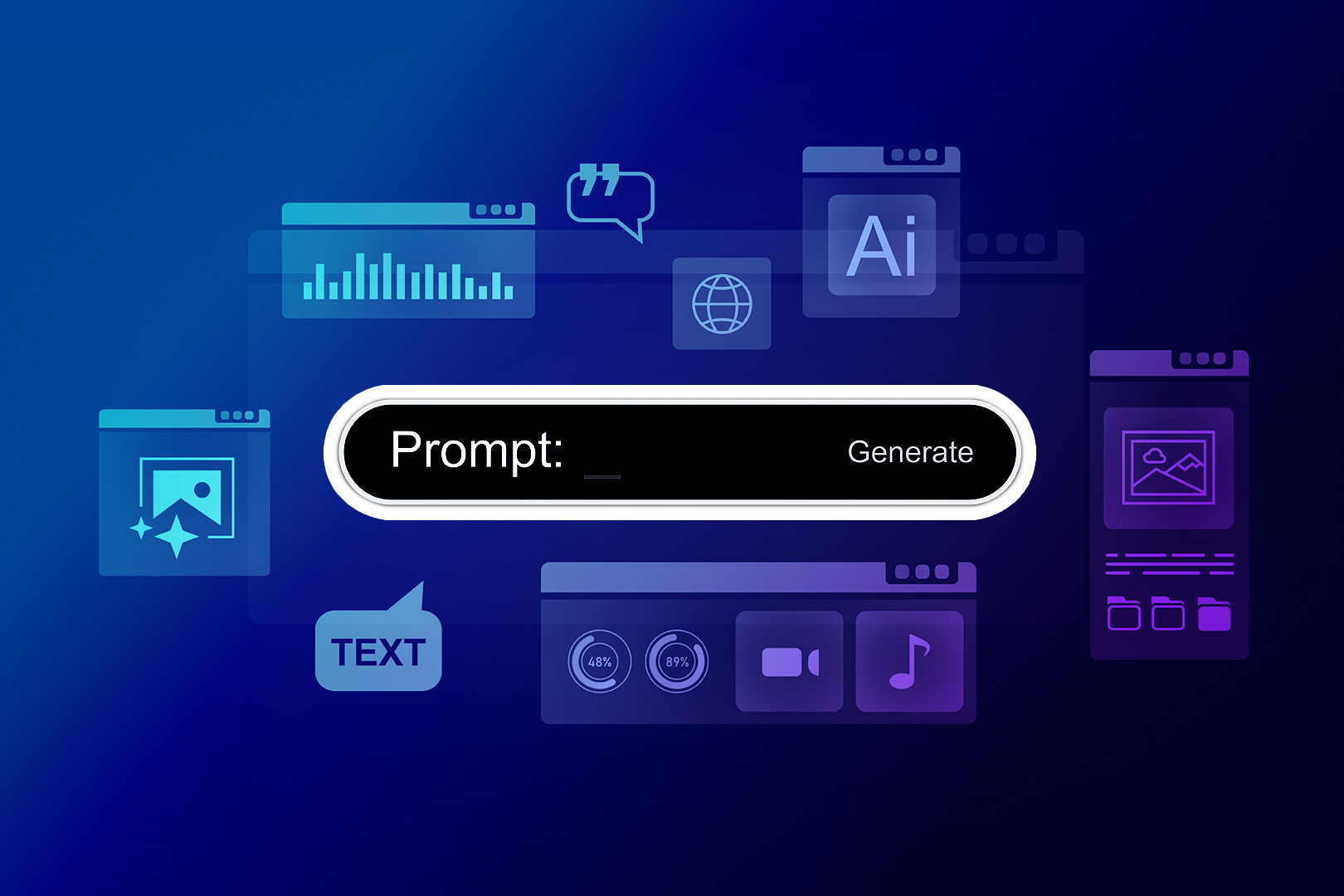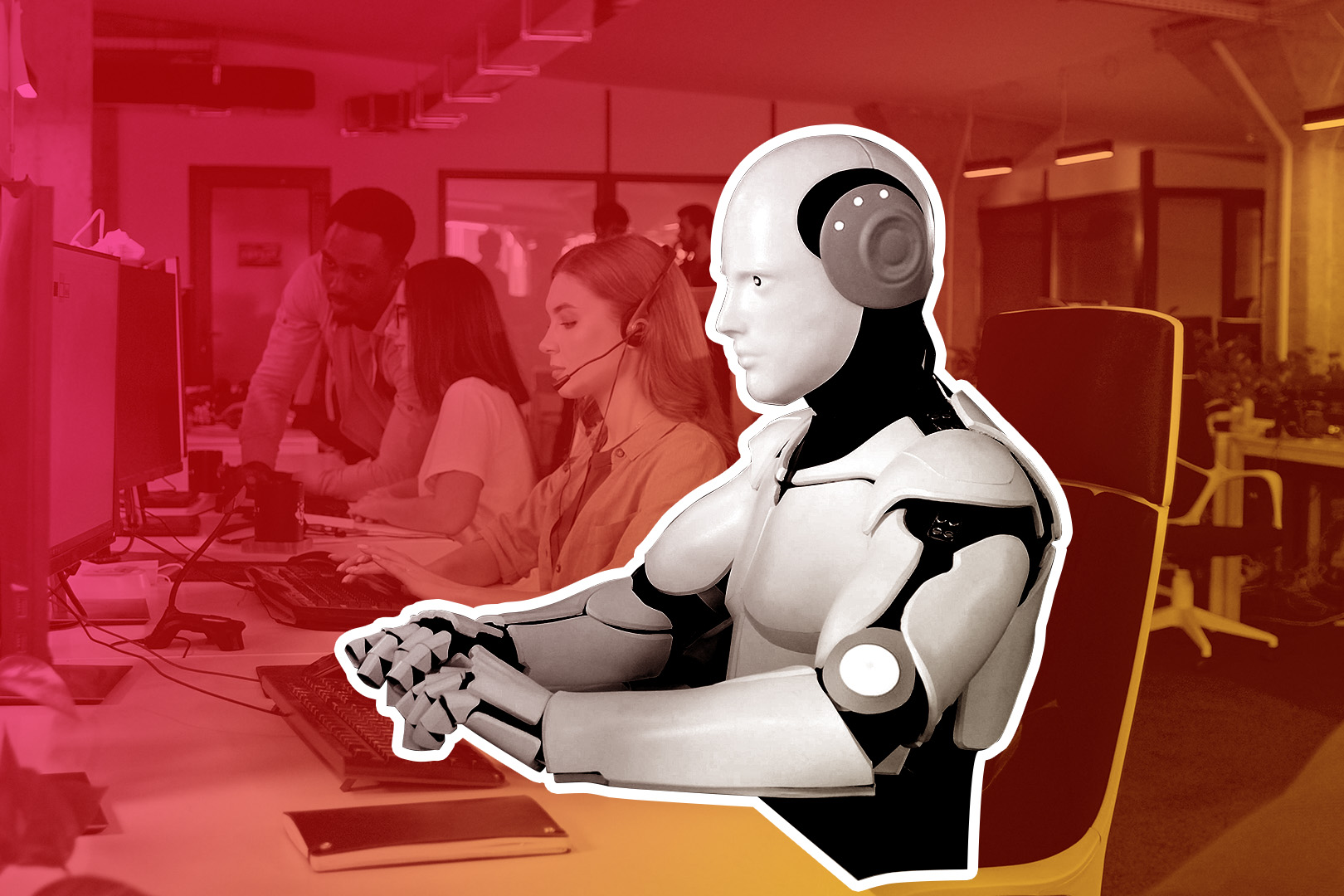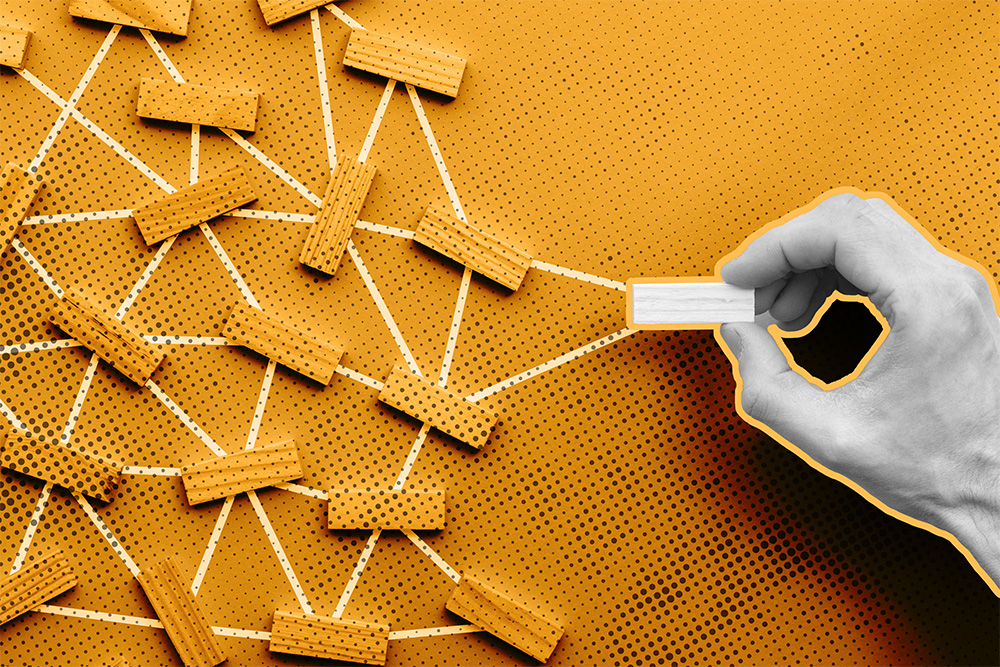
Will AI Replace SDRs? What the Data Actually Shows
Many SDRs these days are wondering: “Will AI replace me?” But it’s the wrong question. Losing your job isn’t the real risk.
Losing your competitive edge is.
AI tools are already here, whether you like it or not. And that means other SDRs are learning them, too. If you’re reading this, that’s a good sign: it means you’re willing to look for the latest data in SDRs and AI and figure out what comes next.
In search of answers, we did some research. The data doesn’t indicate total human replacement. However, some replacement is taking place. Here’s what author and Harvard instructor Christina Inge had to say:
“There is a saying going around now—and it is very true—that your job will not be taken by AI,” says Inge. “It will be taken by a person who knows how to use AI. So, it is very important for marketers to know how to use AI.”
But then what is being replaced? And where does the data show you can build a competitive advantage as an SDR?
Will AI Replace SDRs?
People who find AI useful can’t wait to tell you how it’s going to replace everyone and their grandmother. “Even the human touch that SDRs specialize in can one day become AI!” But is that true?
If you ask us, the data says otherwise.
For starters, there’s a stark difference between adoption and replacement. Adoption simply means humans are starting to utilize tools to improve their performance. And the data shows this is already happening:
- 19% of B2B sales teams are already seeing success with generative AI tools
- Another 23% are in pilot or development stages
The Harvard Business Review also cites a McKinsey survey showing that AI’s most significant gains come from redesigning workflows to be more efficient. No one’s tossing SDRs aside quite yet.
How are AI agents replacing SDRs and changing sales roles?
That isn’t to say AI is completely underwhelming. Consider what it has already accomplished, as McKinsey reports:
- 64% of companies say AI is indeed driving innovation
- 39% report a measurable EBIT (Earnings Before Interest and Taxes) impact, showing that while AI growth potential is there, execution is still in early goings
AI is driving innovations. Teams are getting creative with it. But measurable EBIT impact is still lagging a bit.
Not every company is going to turn its workforce upside down to plop a bunch of AI tools into its sales workflows quite yet.
So where are the gains currently happening? AI is saving time. One wealth management firm reported deploying an AI agent to summarize customer data. It increased revenue by 6%, which was nice.
But more significantly, it cut prep time by 30%.
According to Gartner, that’s where you can expect AI changes in sales. Gartner predicts that by 2027, 95% of seller research will be initiated with AI. For context, it was less than 20% in 2024.
Robots aren’t taking the job here. They’re just providing some handy time-saving tools for SDRs to use right now.
Still, SDRs live in a dynamic work culture. AI adoption trends could change. So what do these current trends predict about the lives of SDRs in one year? Five years?
Where AI is Actually Helping SDRs Today
To predict the future, we have to glance at where the arrows are currently pointing. What trends are already here? What problems does AI already solve? Here’s what we found:
- Research and prep time. SDRs have to spend enormous chunks of time hunting down details. Company info. LinkedIn insights. Data for personalizing messages. This is where AI performs well, shaving hours off of manual work. If you know how to prompt an AI tool (“Summarize this company’s recent press mentions and identify three potential pain points for a B2B SaaS vendor to highlight”), you’ve got an advantage over someone who’s not using AI at all.
- Writing and outreach. Close AI’s features or drafts in Claude AI can help sales reps personalize messages quickly. However, you still need a human SDR to provide the AI with good context, then review the emails. AI won’t replace the writer’s taste. But a 90-second prompt can save 30 minutes of frustrated drafting. The key is in good prompt engineering, not “letting the bot handle it.”
- CRM workflow hygiene and follow-up. AI’s best ability is processing enormous swaths of data. It can pore over call transcripts. It can update lead notes. It can look through your CRM workflows and identify “leaks” in the pipes. As HBR noted, a wealth management firm used AI to boost revenues a little—but save a lot of time.
- Forecasting and prioritization. If AI can digest all that data, why not ask it for some insights, too? Have it analyze your CRM and pipeline data. Which customer is ripe for a follow-up? Which accounts are warming up? These are assistive insights that help your SDRs. They’re immeasurably helpful, but they still don’t replace an entire person.
- Training and coaching. This is another benefit emerging from the data-processing abilities of AI. Let your AI surface trends in sales rep performance. Analyze call quality, or find new ways to handle sales objections. This way, managers can spend less time combing through notes and more time offering some coaching tips that actually move the needle.
What AI Still Can’t (and Shouldn’t) Replace
AI is great at speeding things up, but you should still use it as a co-pilot/co-creator, not a full-on outsourcing of effort. To walk this fine line between automation and outsourcing, double down on the things AI can’t—and shouldn’t—replace in the parts of your work that can’t (yet) be replicated:
- Empathy and nuance. AI can detect sentiment in customer calls. But when it comes to a live call? There’s no way for AI to read between the lines. The best SDRs have a great radar for tone, context, and customer pain points. There’s simply no way to automate that.
- Trust and rapport. HBR highlighted how sales teams are often growing thanks to the need for “salespeople [to] help buyers navigate ambiguity and build trust.” In B2B, many purchases still come down to how comfortable one human feels with another. Even in 2026, someone will still have to pick up a phone, read the proverbial room, and establish brand credibility.
- Strategic judgment. AI can prioritize which leads are most likely to turn into sales. But it’s not going to interrupt your workflows and say: “Hey, you might want to switch strategies here.” It’s still dependent on your input. SDRs, on the other hand, can feel a need to pivot strategies without being prompted.
- Creative selling. McKinsey’s marketing benchmarks reportedly attribute 5-15% revenue uplift when companies blend AI with the creative decisions of real people. To create emotional resonance, we still need people driving the messaging.
- Relationship building. AI may saturate internal workflows, but between companies, the human touch is at a premium. People will remember the SDR who listened to their problems and recommended a solution.
Why the Best SDRs Are Learning to Use AI, Not Compete With It
As Inge told Harvard, the SDR jobs aren’t being taken by AI. However, a well-versed SDR with the right AI tools can still be a formidable competitor.
The data suggests we’re not headed toward Judgment Day a la Skynet from “Terminator.” We’re entering a co-pilot era. Blending creative human-led solutions with the time-saving skills of AI. An SDR will increasingly become an SDR-manager, leading a fleet of helpful AI tools, but still executing a human-led vision for how it all weaves together.
Think of AI fluency as an investment in your productivity. Just like learning CRM software with cool features was important 10 years ago, knowing how to integrate AI into your CRM is the next step forward.
Working with AI effectively doesn’t have to feel robotic. It should feel like a convenient supplementation to what you’re good at, or shortening the work involved with what you struggle with. It replaces activities more than people.
Particularly if you’re a clever SDR who knows how to blend AI and sales properly.
Will Sales Reps Be Replaced By AI? Not The Good Ones.
If the only skill you ever brought to the table as an SDR was all the skills AI excels at, then yes, that’s scary.
Most SDRs aren’t like that.
Instead, SDRs typically get into the business because they’re good with people. Or they have other creative skills like writing emails catered to company pain points, or thinking strategically about customer sentiment.
In those cases, AI is great at assisting you. It can draft an outreach email, but you’ll still need to double-check it. It can summarize notes, but you’ll still need to determine what they mean for your company.
One of the important creative skills is the ability to blend AI with your CRM workflows. To see how it works in Close, sign up for a free trial today.











